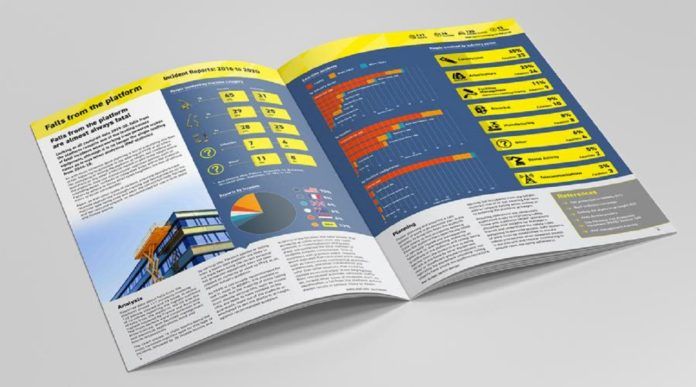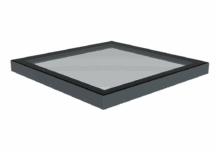The International Powered Access Federation (IPAF) has released its latest Global Safety Report, which analyses the main causes of serious injuries and fatalities occurring when using powered access machines to conduct temporary work at height.
The Global Safety Report 2021, based on incidents logged in IPAF’s Accident Reporting Portal, highlights the need to gather more near-miss data from across the industry worldwide to help avoid the most common types of serious accident in future.
While it indicates the main causes of serious injuries and deaths while using powered access have not changed significantly across the most recent two years of data, electrocutions have increased slightly to become the joint most common cause along with falls from the platform.
Over the whole five-year period (2016-2020), the most common causes of fatal incidents were falls from the platform and electrocutions, both accounting for 23% of deaths, followed by entrapments (19%), MEWP overturns/tip-overs (12%), MEWPs being struck by another machine or vehicle (6%) or hit by falling object(s) (5%).
In the early days of the accident reporting project – which launched in 2012-13 – most reports were received from IPAF’s UK membership. However, reports have now come in from 19 countries across the most recent two years of data gathering, and more than 25 countries worldwide in the past five years.
This year, the report has been presented with an executive summary giving a global overview, followed by detailed data spreads looking at each of the six main accident types broken down by location, machine type, industry sector, including lost-time-incident analysis specific to each incident classification.
Brian Parker, head of safety & technical at the IPAF, said: “This new format will make the report easier to digest and understand, especially for members of the powered access rental industry and health and safety representatives at IPAF member companies, as well as end-use contractors of powered access.
“It may be statistically interesting to compare the number of accidents occurring around the world and between industry sectors, but it is more relevant and informative to be able to take a detailed look at electrocutions and falls from the platform, for example, to see what machine type, configuration, location or industry sector these are occurring in, to consider what some of the underlying factors may be and to plan ahead accordingly.”
He added: “One thing that we all agree on is that we must now focus on areas we know we need more data from; this means gathering more information about near misses – we are getting comprehensive reporting of serious injuries and deaths but need more reports of the seemingly innocuous mistakes that might have led to a serious outcome but didn’t.”




